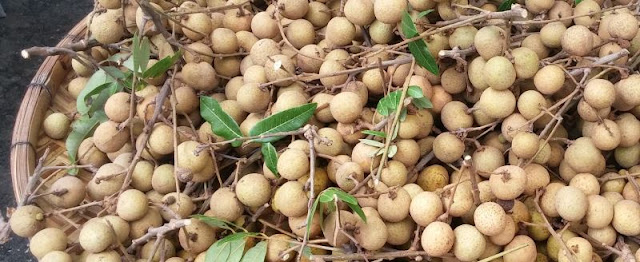Hello Wilson!
It's almost noon in Seoul, the capital of South Korea. I've just finished the first leg of my long flight home. I have news to share about donating a couple One World Futbols on this side of the Pacific and some information about the people helping me do that.The two women below are making the donations possible. The lady on the left is my friend, Ann Anagnost, a cultural anthropology professor at the University of Washington. On Ann's left is the person she connected me with, Yu Huang. In 2012, Yu was Ann's student at the UW and now has her doctorate in anthropology, with a focus on environmental anthropology. Yu will be taking two futbols from Hong Kong to two cities in China.
 |
Ann Anagnost and Yu Huang, with one of the One World Futbols that Yu will deliver. |
Yu obtained her undergraduate degree in China, her Master's in Florida, and her anthropology doctorate at UW. For the past two years she has been a professor at the China University of Hong Kong (CHUK), where Ann has been lecturing in the summer. CHUK makes it a point of staffing its summer institute with professors from prestigious universities such as UW, which is rated at the top level for research institutes.
Biodiversity reduction
Yu is working on a project on corn seed use in China.For centuries, Chinese farmers selected seeds to serve their ecological needs, so there was a huge legacy of biodiversity, and it is disappearing. Last summer, students from all over China came to Guangzhou (Canton) to learn anthropological field methods. Then they fanned out over five regions. Many of these students were from cities and new to the countryside, so they were "roughing it."
What the project discovered is that seeds are not being saved because of the increasing use of commercial seed, meaning that there is an alarming reduction in biodiversity.
Donating the futbols
Yu will be visiting two Chinese cities to deliver the One World Futbols:
1. Lijiang, a Unesco heritage site which dates back 1,000 years and is the home of the Naxi people. Here's what Wikipedia has to say about the area:
The Baisha Old Town was the political, commercial and cultural center for the local Naxi people and other ethnic groups for 400 years from the year 658 AD to 1107 AD....In ancient times, the Baisha Old Town used to be the center of silk embroidery in the southwest of China and the most important place of the Ancient Southern Silk Road, also called the Ancient Tea and Horse Road or Ancient tea route.The Ancient Southern Silk Road started from Burma, crossed Lijiang, Shangri-La County, Tibet, journeyed through Iran, the Fertile Crescent, and ultimately to the Mediterranean Sea.Some of the villages are poor and Yu plans to donate one of the soccer balls to a school there.
2. Xichang: Yu also plans to donate a ball to a village school in Xichang, described by a local college as "one of the greatest tourist attraction in China and one of the ten prettiest ancient cities nationwide." Xichange is also the location of an important spaceport.
The farmer's market
In all of Hong Kong, a city of seven million, there are only two farmers' markets for local organic food, and we met up with Yu at one of them. The entire market was composed of stalls with umbrella-like covers, all protected by a shade tarp, as shown below:
 |
The organic farmers' market was surprisingly small and lightly attended. |
 |
Vendor with Jack Fruit |
The operators of these stalls post certificates showing that they are registered for sales of organic fruit. I found it surprising that the place wasn't teeming with people. In a community of seven million, two organic farmers markets seems like a very small number.
The photo immediately below is of fire dragon fruit -- the entire fruit, and a section sliced out of it. It has a hard rind and a very soft pulp with lots of seeds that you hardly notice. I cut it open and ate it with a spoon. It was almost like scooping up butter. This specimen was mildly sweet. Commercial varieties tend to be white inside.
 |
A fire dragon fruit and a fruit section. |
 |
These bitter melons are relatives of the cucumber. |
 |
These dragons eyes are similar in character to lychee. You break the rind to access the fruit. |
 |
Compared with dragon eyes, this yellow skin fruit seemed rather unremarkable. |
Correction:
I want to thank my sometimes traveling companion, Shirley Ganse, who has a great deal of experience with China, for pointing out that I said in my last letter that a particular cut of meat cost $230 per pound. I think I should have moved the decimal point over a tad. The actual cost was probably $23. So, uh, while the price for that cut was pretty high, it wasn't THAT high!Love,
Robert
 |
Jack fruit pods and seed |


No comments:
Post a Comment